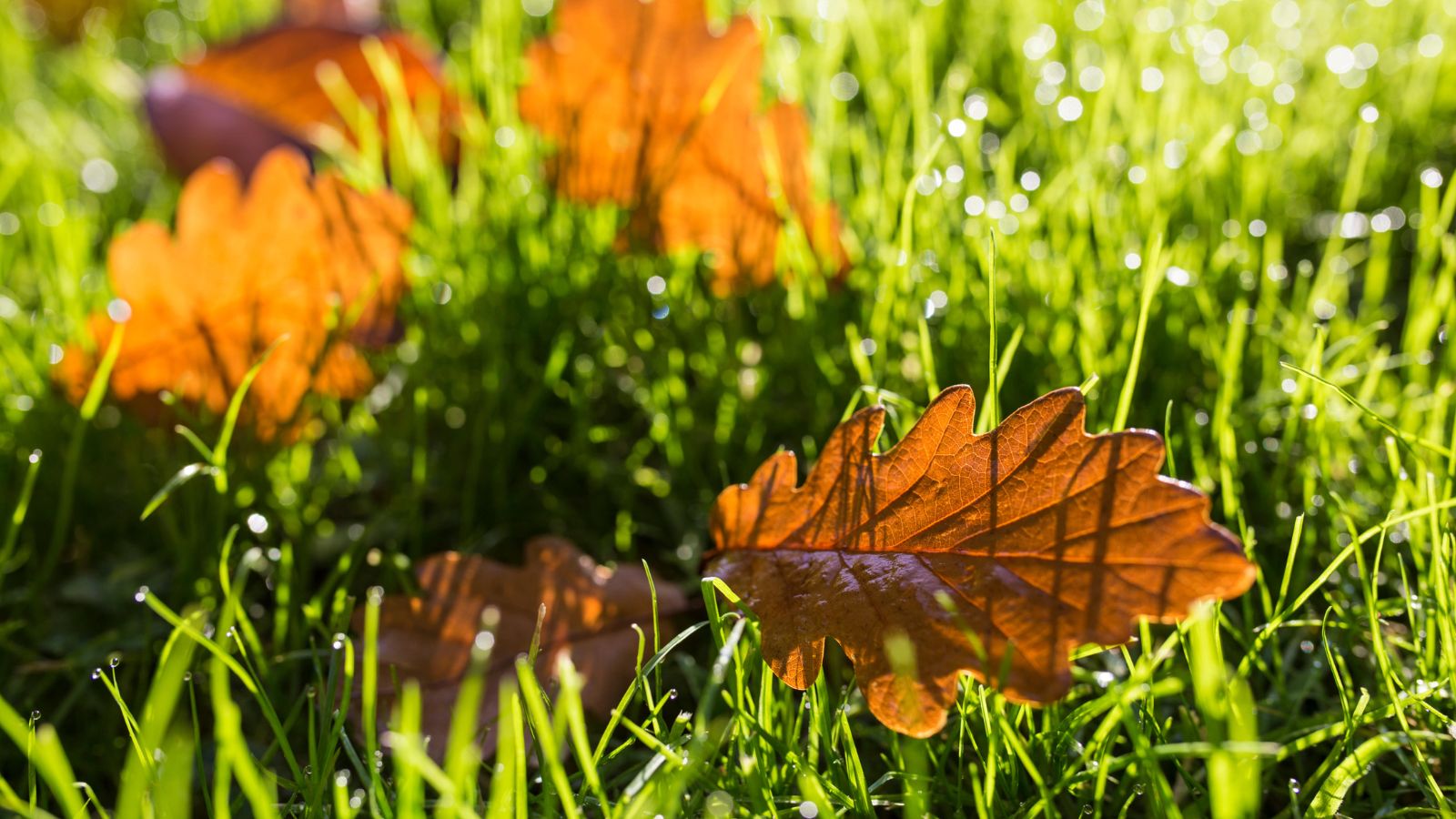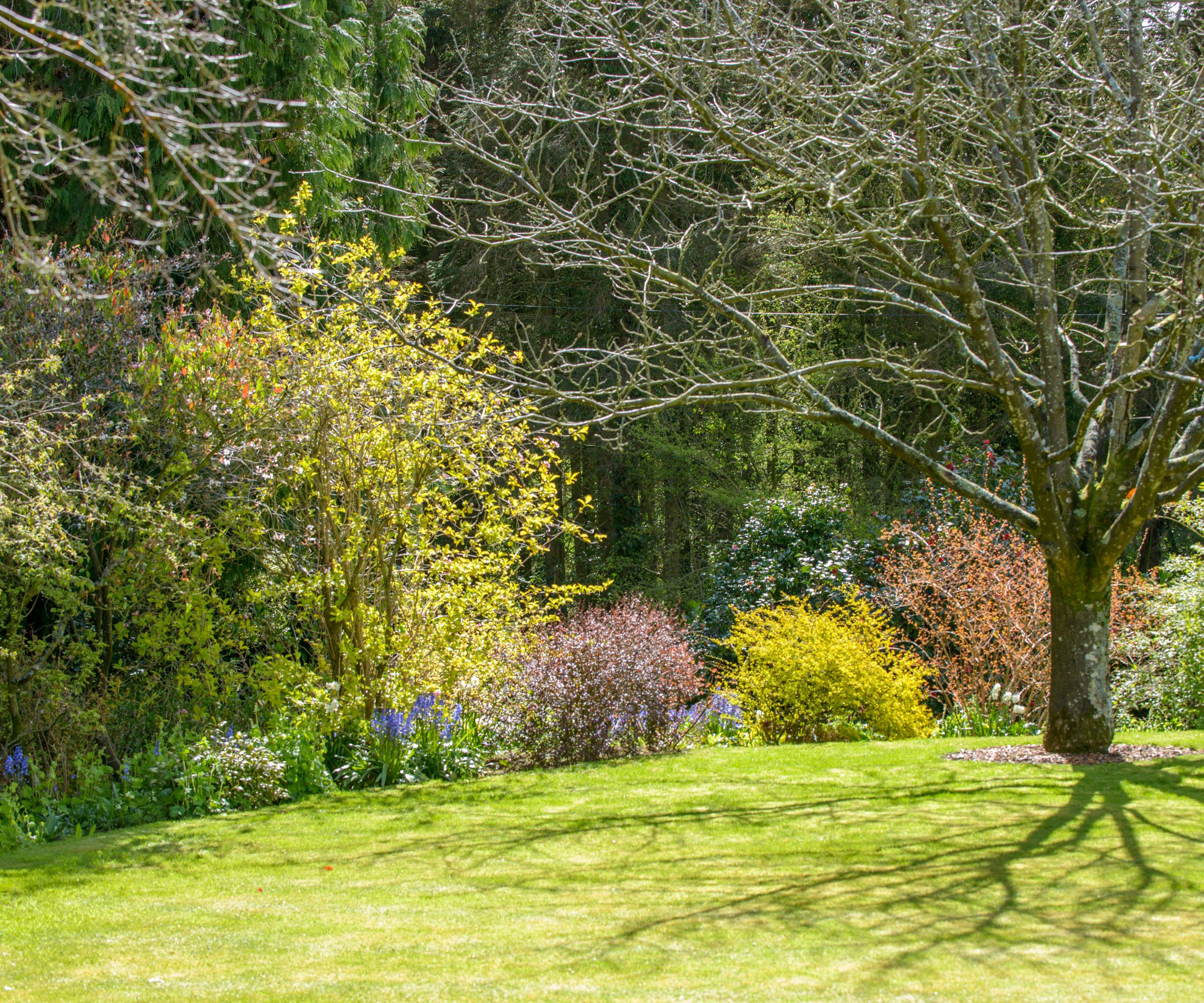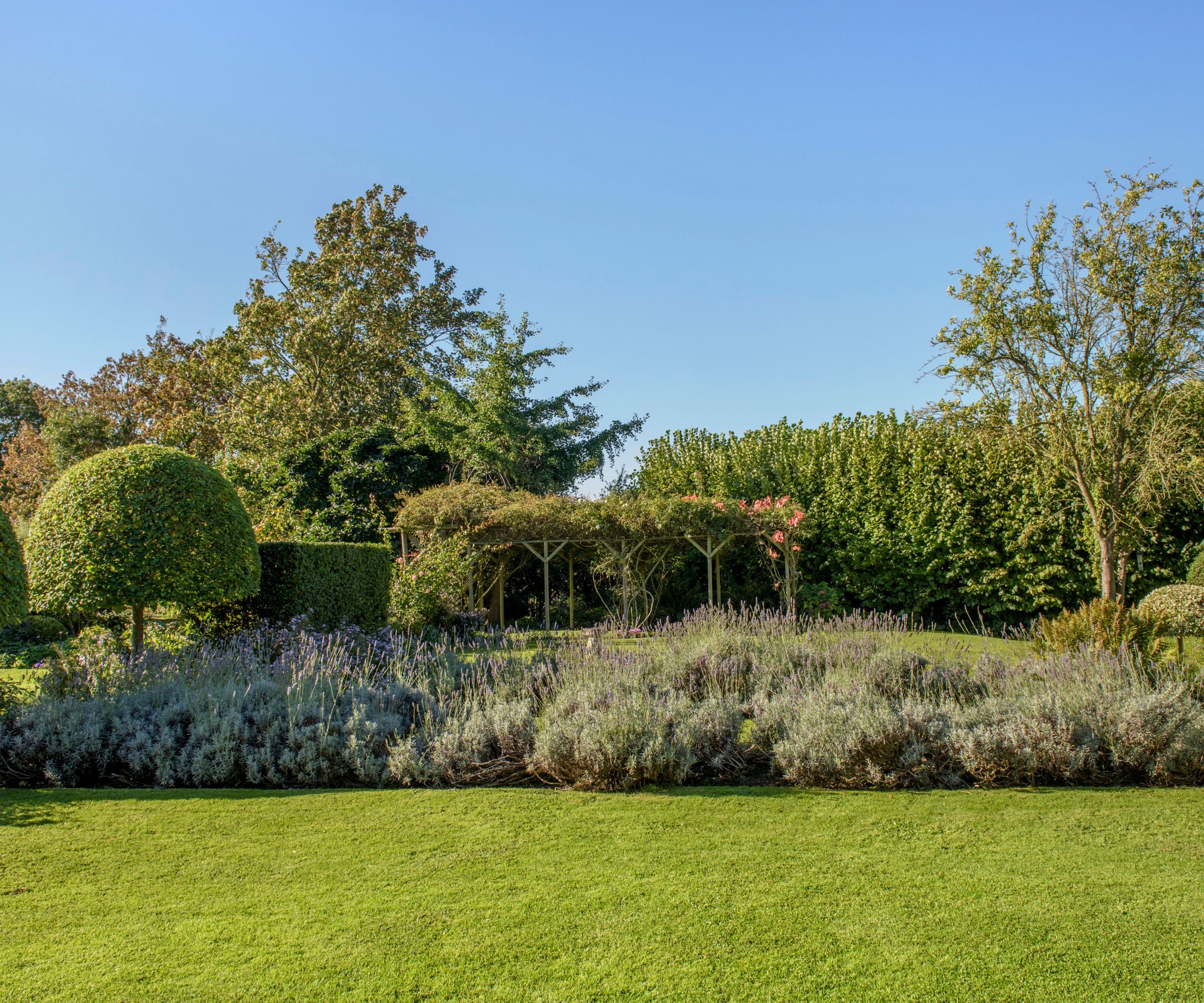When to stop watering a lawn in fall – and why it’s vital to get the timing right
Get in the know about watering a lawn in fall so you can keep grass healthy over winter


As the weather cools down and we prepare for the winter months, many of us are undertaking some backyard tasks for the last time this year. One of the questions gardeners will be asking is when to stop watering a lawn in fall as rainfall increases and frost season approaches.
Fall lawn care will prepare your lawn for the remainder of the year, and from overseeding a lawn in fall and perhaps dethatching a lawn there is plenty to do to ready your grass for better growth the following year.
So, when should you stop watering your lawn in the fall? And why is it so important to get this basic right?
When to stop watering a lawn in fall

'While knowing the best time to water your lawn is the most frequently asked lawn care question, it is just as important to know when to stop watering a lawn in fall,' says Rachel Crow, garden editor for Homes & Gardens. 'This is not as easy a question to answer, however, as it can all depend on the climate and weather where you live.'
It is important to monitor the amount of water your lawn is getting through fall, Rachel advises. 'You should make sure your lawn continues to receive water in some form until the ground begins to freeze over in late fall or early winter,’ she says. ‘If you live in a colder climate, this is of course likely to come much sooner in the year than in more temperate climates.'
If you experience frequent rain through the fall where you live, it is wise to hold off on manual watering to prevent overwatering. Too much water can lead to issues such as waterlogging. As prevention is much easier than learning how to fix a waterlogged lawn, balancing your watering with natural rainfall is important along with considering aerating a lawn, which can help to keep your lawn healthy in the wetter months.
When you should continue to water a lawn in fall

If you live in a more temperate climate or an area that does not experience distinct seasons you may need to water your lawn throughout fall and even into winter. 'If the weather remains warm your grass is likely to continue to grow and not experience dormancy or harsh frosts,' says Rachel. 'Because of this, you should continue to water your lawn either manually or using lawn irrigation systems or sprinkler systems.'
Design expertise in your inbox – from inspiring decorating ideas and beautiful celebrity homes to practical gardening advice and shopping round-ups.
It is also important to continue watering your lawn in the fall if you have cool-season grass as the fall marks an important growth period for your lawn. 'While you may not see this growth above ground, the underground root systems are expanding and repairing damage from the summer,' Rachel explains. 'This is a critical time that should be aided by adequate water supplies and fertilizing your lawn.'
How to water a lawn in fall

'Simply stopping watering your lawn as soon temperatures start to drop is not recommended,' warns Rachel. 'Instead, gradually reduce the amount of water you provide your grass over time.'
Start to reduce how often you water your lawn once temperatures begin to drop to the low 30s, leaving longer between waterings until the ground freezes over. Once the frosts have set in water will not be absorbed and you leave you lawn at risk of waterlogging or disease.
Is it better to leave your lawn long or short in winter?
When preparing your lawn for winter over the fall period, it is best to mow the grass to approximately 2 to 2½in in height. This is the ideal height to help prevent disease but not too short that grass dies easily in cold temperatures.
Should you stop mowing your lawn in the fall?
You should stop mowing your lawn sometime in October as it becomes dormant. If you live in a temperate climate where grass continues to grow throughout fall and even winter, you may wish to continue mowing after this.
You should never mow your lawn when it is wet or if it has become frosty in fall, however, as this can damage the soil and lead to compaction.

Chiana has been at Homes & Gardens for two years and is our resident 'queen' of non-toxic living. She spends most of her time producing content for the Solved section of the website, helping readers get the most out of their homes through clever decluttering, cleaning, and tidying tips. She was named one of Fixr's top home improvement journalists in 2024.